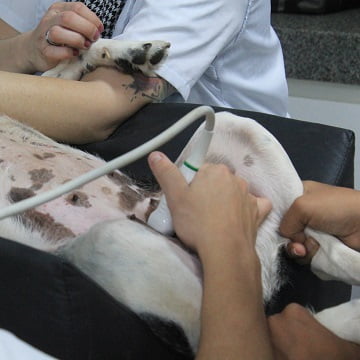Mastering the Art of Coin Flip Situations in Poker
In poker, a “coin flip” refers to a situation where two players are involved in an all-in confrontation and both have roughly equal odds of winning. These situations are often unavoidable, but understanding how to strategically approach them can make a significant difference in your overall performance.
Understanding Coin Flip Dynamics
Identifying Common Coin Flip Scenarios
Coin flips typically occur when one player goes all-in with a small Baji999 Login to medium pair and is called by another player holding overcards. Examples include pocket Jacks versus A-K, or pocket Tens versus A-Q. Recognizing these patterns helps in preparing for and navigating coin flip situations more effectively.
The Role of Equity
- Equity Calculation: Before engaging in a coin flip, calculate your hand’s equity against the range of hands your opponent might have. Tools like equity calculators can assist in these assessments, providing a clearer picture of where you stand.
Strategic Considerations Before the Flip
When to Engage in Coin Flips
- Tournament Life: Consider how vital your tournament life is versus the potential gain. In early tournament stages or when you have a deep stack, avoiding coin flips might be preferable.
- Stack Sizes: Engaging in a coin flip is more advisable when your stack is low and needs bolstering to keep up with rising blinds and antes.
Managing Risk
- Risk Assessment: Evaluate the necessity of taking risks based on your current position in the game. If a coin flip can drastically improve your position, it might be worth the gamble.
- Blind Levels: In tournaments, the stage and speed of blind levels can dictate the urgency of taking risks. Faster structures might necessitate more aggressive play.
Tactics During Coin Flip Confrontations
Psychological Warfare
- Confidence Display: Projecting confidence during a coin flip can sometimes influence your opponent’s decisions, potentially leading them to make mistakes or concede chips in future hands.
- Handling Pressure: Maintain composure whether you win or lose the flip. Your reaction can set the tone for subsequent interactions with your opponents.
Positional Advantage
- Using Position: Even in a coin flip, being in position can offer a slight edge, allowing you to observe and react to your opponent’s behavior before the community cards are fully dealt.
Post-Coin Flip Strategy
Recovery and Adaptation
- Bouncing Back: If you lose a coin flip, adjust your strategy to either rebuild a depleted stack or tighten up to avoid another risky confrontation.
- Momentum Utilization: After winning a coin flip, consider leveraging your increased stack to exert pressure on opponents, especially those with shorter stacks.
Psychological and Emotional Management
Maintaining Emotional Equilibrium
- Emotional Resilience: Develop resilience to the highs and lows associated with coin flips. Avoid “tilt”—the emotional upset that can lead to poor decisions.
- Long-Term Perspective: Always keep the long-term strategy in mind. One coin flip does not define the entire game or tournament.
Conclusion
While coin flips are a fundamental aspect of poker, characterized by their inherent randomness, strategically approaching these situations can enhance your control over their outcomes. By understanding when to engage in coin flips, managing your risk effectively, and maintaining a strong psychological stance, you can turn these seemingly random events into opportunities for strategic advantage. Remember, the best players are those who not only rely on their skills when the odds are clear but also know how to navigate the uncertainties of the game with confidence and strategic foresight.











